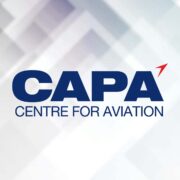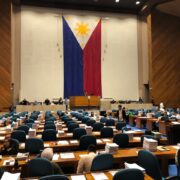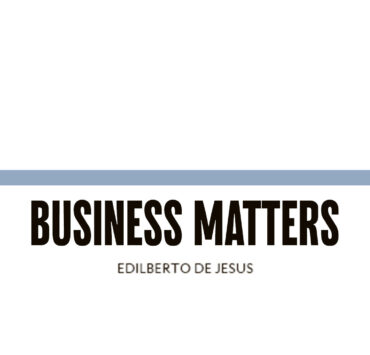Reimagining education beyond old myths

Seoul—At any point in history, a prevailing paradigm tends to set the tone on how people think and behave. Often, this paradigm’s influence remains surprisingly enduring such that when a new paradigm arises, the old mindset lingers, stubbornly resisting change. These outdated notions are typically called “myths.”
Bryan Goodwin of McREL International, a nonprofit for educational research, describes such persistent, unfounded beliefs in his eponymously titled article as “Zombie Ideas in Education.”
One such persistent notion began with Howard Gardner’s theory of multiple intelligences. Gardner believes that people may excel in different areas, an idea often twisted into the claim that individual students must be taught according to a single dominant learning style—whether visual, auditory, or kinesthetic—for optimal learning.
In truth, research provides little support for such an approach. Instead, multiple studies indicate that well-rounded methods incorporating diverse contexts and strategies, as opposed to a single preferred mode of learning, are more effective.
There’s a similar misconception that facts don’t matter in today’s classroom, since students can instantly look up almost any information online. While critical thinking, often championed by progressive education scholars, is important, it cannot exist in isolation; it is inextricably tied to knowing the context and having background knowledge. Trying to analyze a science paper without a basic grasp of math or key scientific concepts is akin to trying to critique a novel in a language one barely knows. Facts provide the necessary scaffolding upon which critical thinking can be built.
In the Korean educational context, some myths underscore the distinctive nature of Korean culture, particularly with regard to testing in schools and the role of higher education in people’s lives.
First among these is the assumption that some prestigious universities with exceptionally low acceptance rates “create” brilliant students from scratch. In reality, these institutions often attract top performers to begin with, ensuring they can steward their already talented cohorts toward graduation.
A second myth holds that performing well in exams naturally translates into the smarts and skills needed for life’s myriad challenges. While exam success often reflects mastery of cognitive skills—such as memorization, logical analysis, and swift problem-solving especially in timed tests—these skills alone do not provide broader insight into the complexities of everyday life.
Another troubling belief is that test scores alone can accurately identify the most capable individuals. Standardized exams may appear scientific and are easier to grade, making it convenient to manage large-scale student evaluations. However, they capture only a narrow range of abilities. Skills such as creativity, practical problem-solving, and what is often called “executive function”—the ability to plan, self-monitor, and adapt strategies in dynamic situations—are difficult to measure with a standardized test.
Yet they are indispensable qualities for success in the real world. Nor should we forget how heavily a student’s environment influences exam performance. Family wealth and support—perhaps more than hard work—often pave the way for higher test scores that, in turn, determine access to elite colleges.
Universities build character and intellect—another myth. High test scores show ability and effort—I’m calling that out too. This must feel confusing, even unsettling. But to make sense of how politics, society, and education are connected, it’s important to know the backstory.
After major upheavals like Japanese colonization and the Korean War, the country needed ruling elites and technocrats to manage government and the economy, so the current education system was largely designed to produce them. Over time, higher education asserted its influence over K-12 schools—both public and private—evolving into a rigid, exam-driven system that ranks students and channels top university graduates into the highest ranks of society with a misplaced sense of arrogance and pride.
However, a new dawn is breaking. With artificial intelligence reshaping which skills and experiences truly matter, this once-formidable hierarchy may lose its unassailable position, as new forms of learning and earning credentials are about to gain prominence.
While zombie ideas cling tenaciously to the world of education, shedding light on these myths is the first step toward banishing their spell. If we become aware of their presence and question whether those old assumptions really serve today’s learners, we can begin forging fresh paths that align more closely with evidence-based research, useful approaches, and the real needs of modern society.
In the quiet that follows the retirement of these myths, we can imagine new possibilities—a silent promise that education can evolve to meet the uncharted challenges of today and tomorrow. The Korea Herald/Asia News Network
——————
The Philippine Daily Inquirer is a member of the Asia News Network, an alliance of 22 media titles in the region.

















